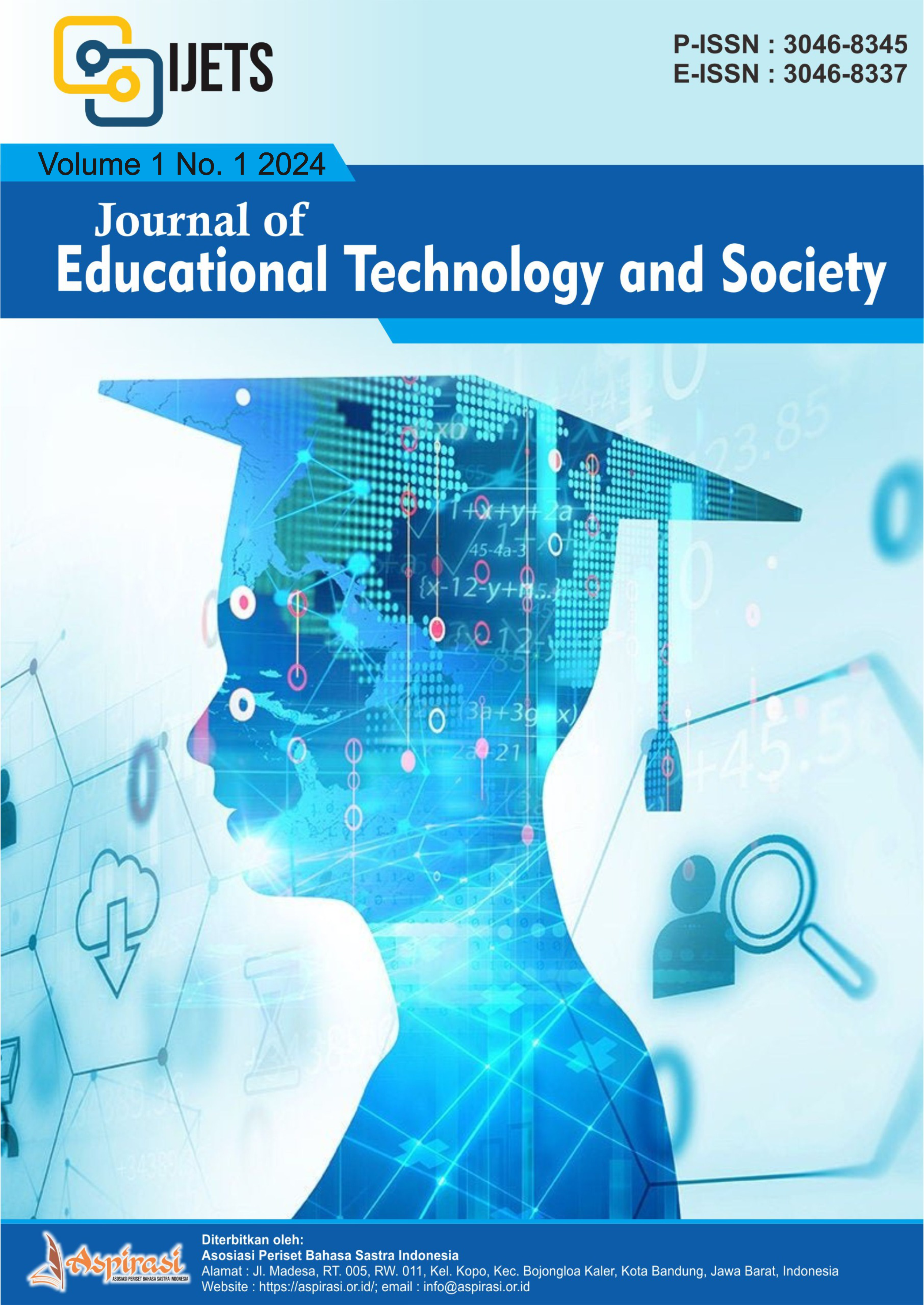Integrating Virtual Reality in STEM Education: Enhancing Engagement and Learning Outcomes
DOI:
https://doi.org/10.61132/ijets.v1i1.131Keywords:
Virtual reality, STEM education, Student engagement, Immersive learning, Educational technologyAbstract
This study investigates the impact of virtual reality (VR) tools in enhancing student engagement and learning outcomes in STEM (Science, Technology, Engineering, and Mathematics) education. By analyzing experimental data from VR-based STEM lessons across multiple schools, the research highlights how immersive experiences can help students understand complex concepts, increase motivation, and improve retention. The findings emphasize the potential of VR to transform traditional STEM education by providing interactive and engaging learning environments.
References
Bell, J., D'Angelo, M., & Jang, D. (2017). Enhancing science learning through immersive virtual reality environments. Journal of Science Education and Technology, 26(1), 1-9. https://doi.org/10.1007/s10956-016-9687-3
Bower, M., Howe, C., McCredie, N., & McCormack, D. (2014). Virtual worlds and augmented reality in education. Australian Educational Computing, 29(2), 22-30.
Dalgarno, B., & Lee, M. J. W. (2010). What are the learning affordances of 3-D virtual environments? British Journal of Educational Technology, 41(1), 10-32. https://doi.org/10.1111/j.1467-8535.2009.01038.x
Freina, L., & Ott, M. (2015). A literature review on immersive virtual reality in education: State of the art and perspectives. Proceedings of eLearning and Software for Education (eLSE), 1, 10-1007. https://doi.org/10.1109/eLSE.2015.7256489
García, O., & Wei, L. (2014). Translanguaging: Language, bilingualism and education. Palgrave Macmillan.
Hwang, G. J., & Chen, C. H. (2017). Influence of interactive e-books on learning achievement and learning motivation. Computers & Education, 109, 79-88. https://doi.org/10.1016/j.compedu.2017.02.001
Johnson-Glenberg, M. C. (2018). Immersive VR and education: Embodied design principles that include gesture and hand-based interactions. Frontiers in Robotics and AI, 5, 81. https://doi.org/10.3389/frobt.2018.00081
Kolb, D. A. (1984). Experiential learning: Experience as the source of learning and development. Prentice Hall.
Makransky, G., & Mayer, R. E. (2020). Benefits of taking a hands-on approach in virtual reality in terms of immersion, motivation, and learning. Educational Psychology Review, 32, 1-16. https://doi.org/10.1007/s10648-019-09498-3
Mayer, R. E. (2019). Multimedia learning: Principles and applications. Cambridge University Press.
Merchant, Z., Goetz, E. T., Cifuentes, L., Keeney-Kennicutt, W., & Davis, T. J. (2014). Effectiveness of virtual reality-based instruction on students’ learning outcomes in K-12 and higher education: A meta-analysis. Computers & Education, 70, 29-40. https://doi.org/10.1016/j.compedu.2013.07.033
Parong, J., & Mayer, R. E. (2018). Learning science in immersive virtual reality: Effects of environment immersion and active control on learning outcomes. Computers in Human Behavior, 86, 402-411. https://doi.org/10.1016/j.chb.2018.05.022
Slater, M., & Sanchez-Vives, M. V. (2016). Enhancing our lives with immersive virtual reality. Frontiers in Robotics and AI, 3, 74. https://doi.org/10.3389/frobt.2016.00074
Sobral, S., Almeida, L., & Carvalho, A. (2018). Interactive virtual reality for chemistry education. Royal Society of Chemistry. https://doi.org/10.1039/C8RP00021A
Zimmerman, T. G., & Mitchell, T. M. (2014). Virtual reality and cognitive rehabilitation. Springer. https://doi.org/10.1007/978-3-319-06783-5
Downloads
Published
How to Cite
Issue
Section
License
Copyright (c) 2024 International Journal of Educational Technology and Society

This work is licensed under a Creative Commons Attribution-ShareAlike 4.0 International License.





